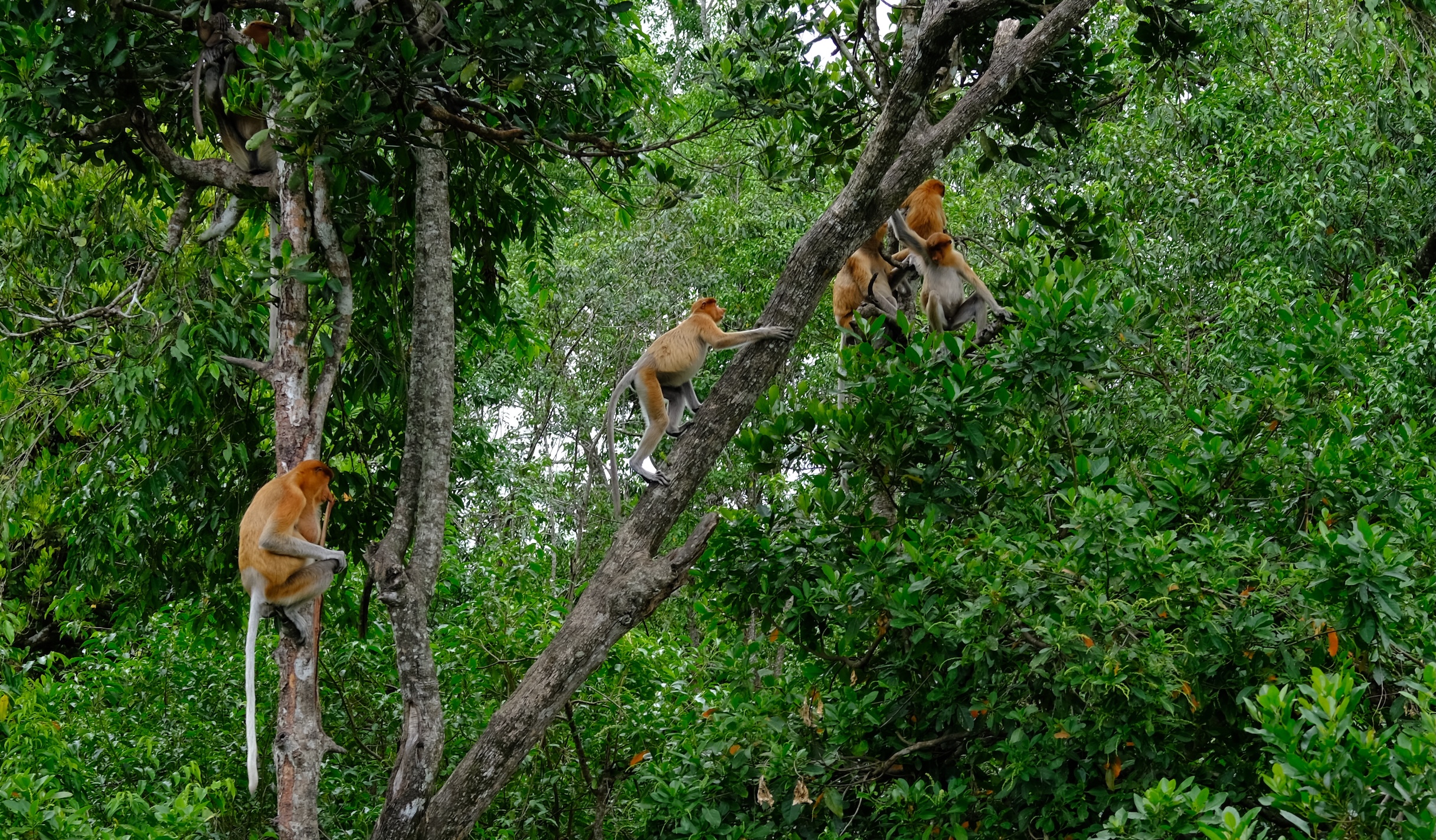
REHABILITATING NATURE
Rehabilitating Nature
From the plane window we observe a panorama that unfolds below us like an immense green carpet. The clouds move slowly, revealing the peaks of Kinabalu National Park rising majestically from the rainforest.
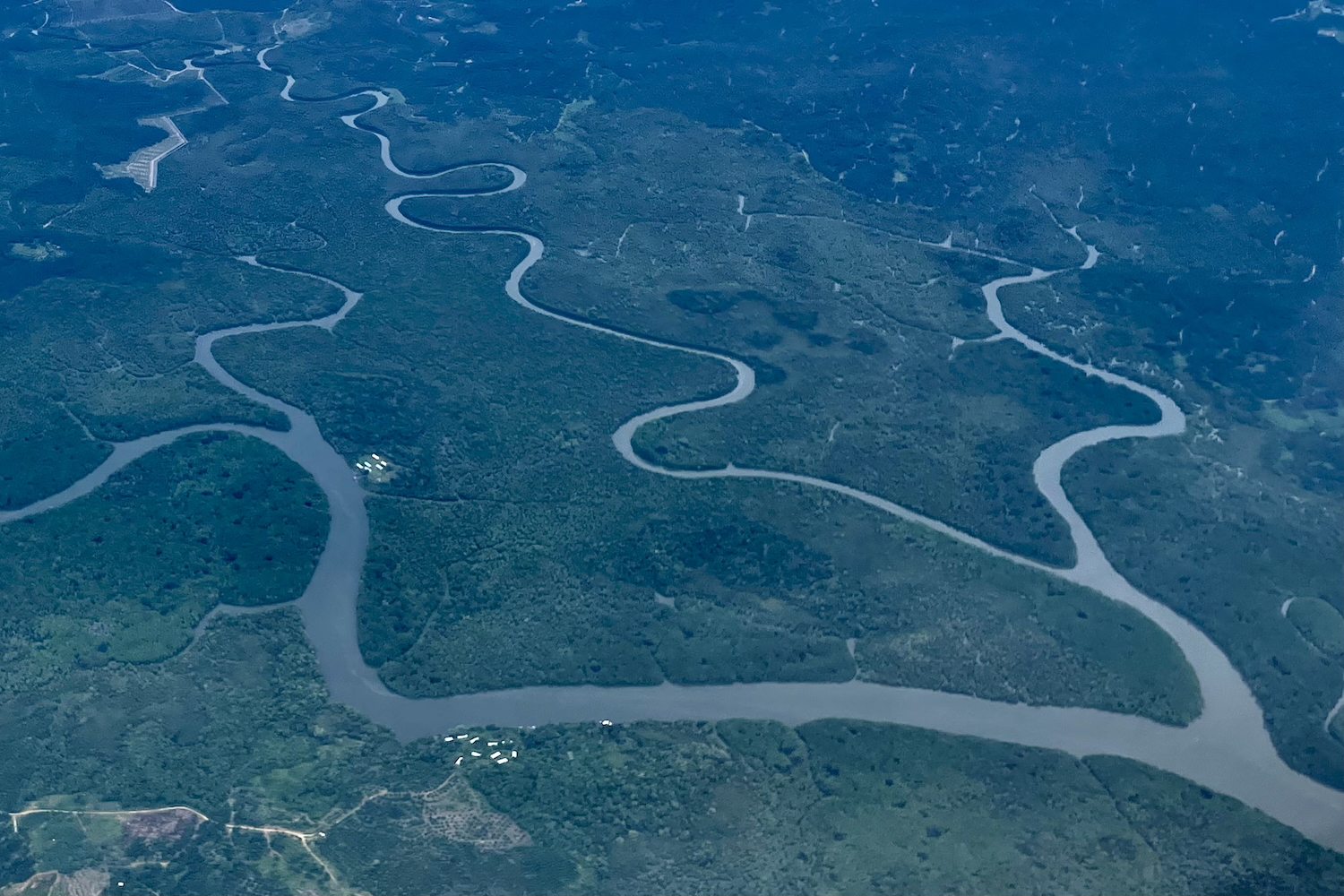
It feels like flying over a green ocean, expanses of trees stretching as far as the eye can see.
As we get closer to Sandakan the plane drops in altitude, and we notice that what first seemed like a chaos ordered by nature transforms into an infinite mosaic of oil palm plantations.
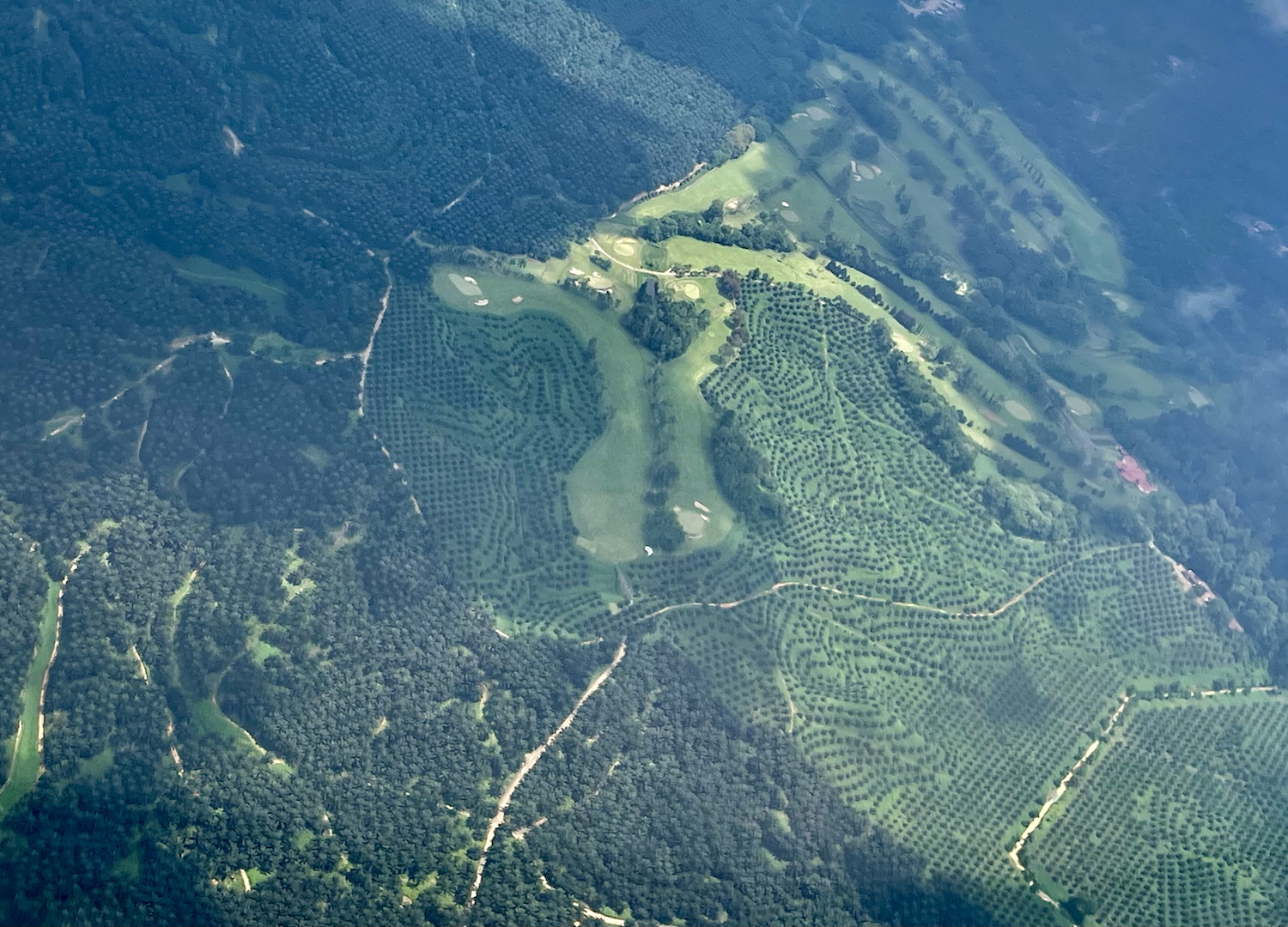
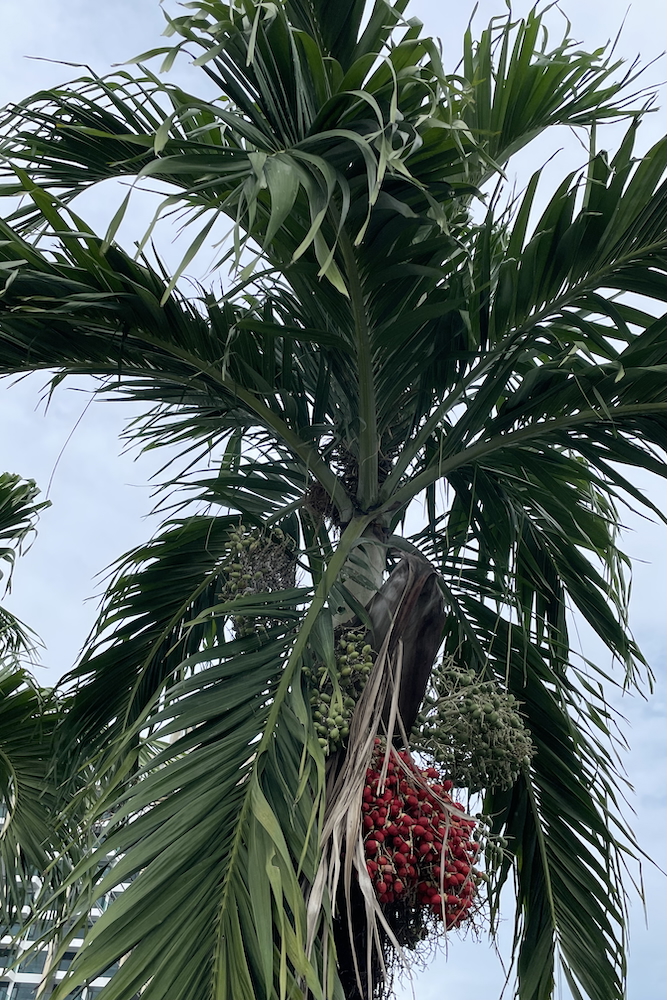
The geometries of these cultivated fields contrast with the rainforest, a tangible reminder of human impact on the environment. We cannot help but reflect on this contrast, on how human activity has shaped the landscape and changed the balance of this ecosystem.
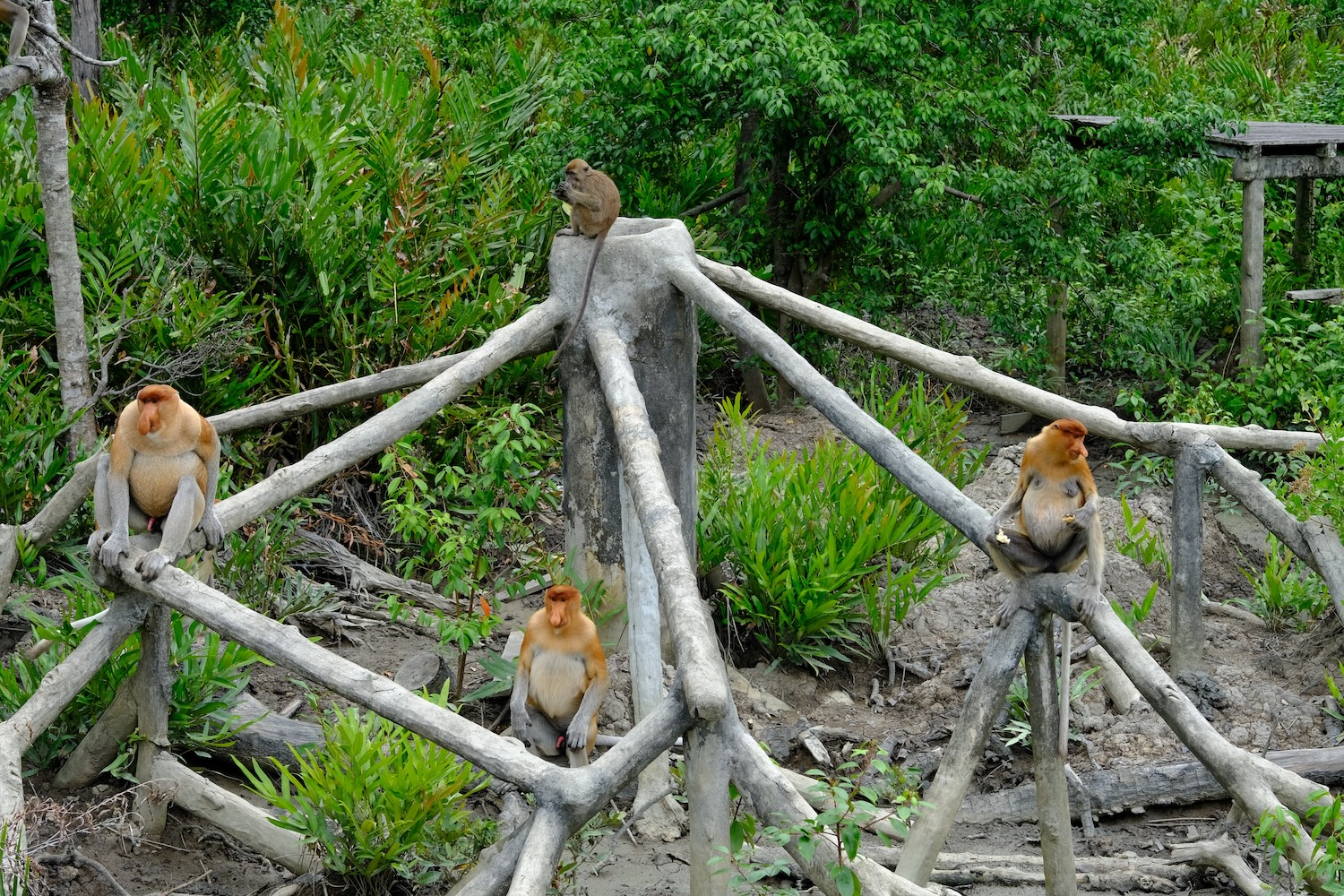
Deforestation and intensive agriculture have put a strain on this part of Borneo, threatening the survival of numerous species.
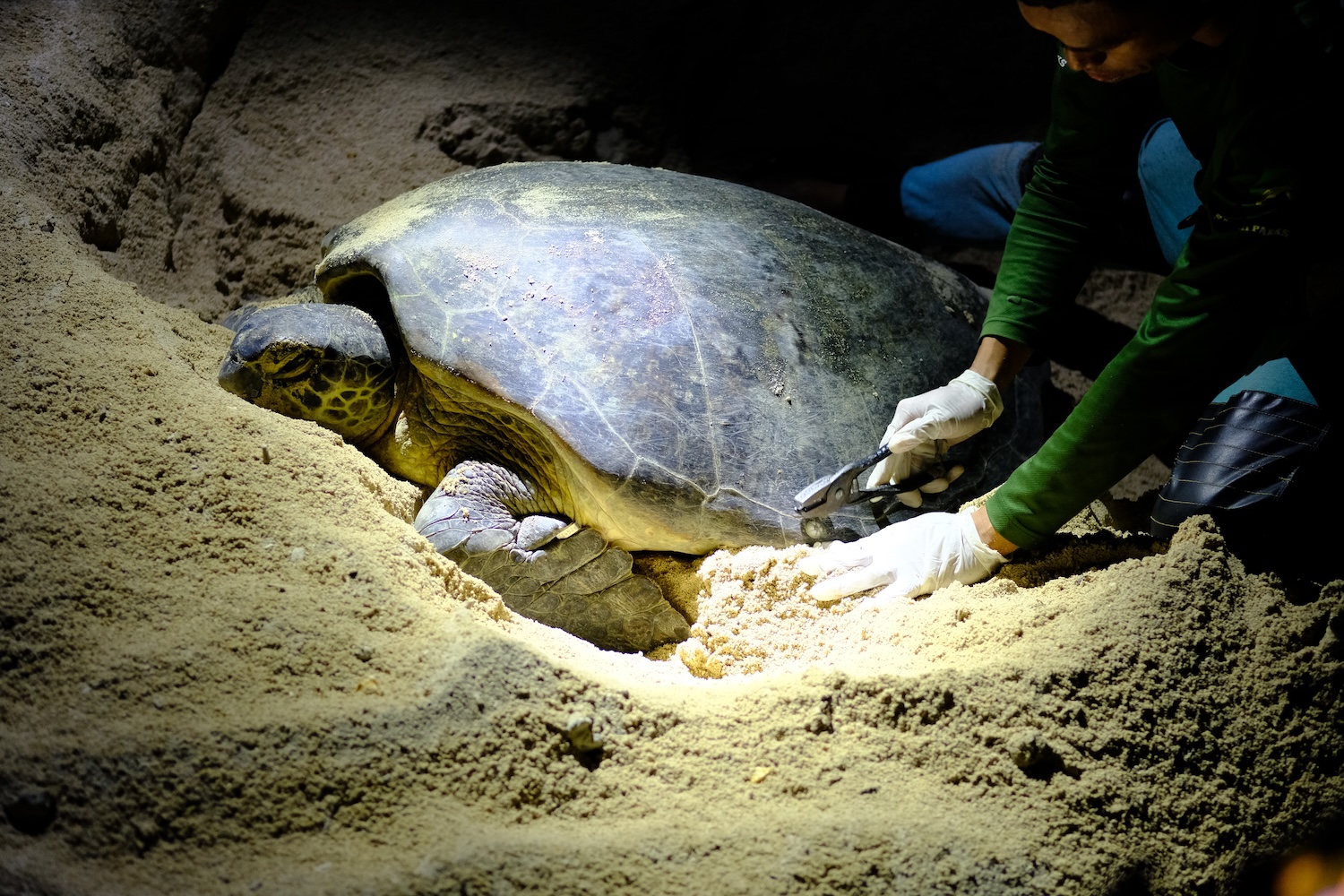
In this new century, a growing awareness of human impact is pushing many people and organizations to take action. Associations and volunteers have launched projects aimed at restoring natural habitats, repopulating deforested areas and protecting species at risk of extinction.
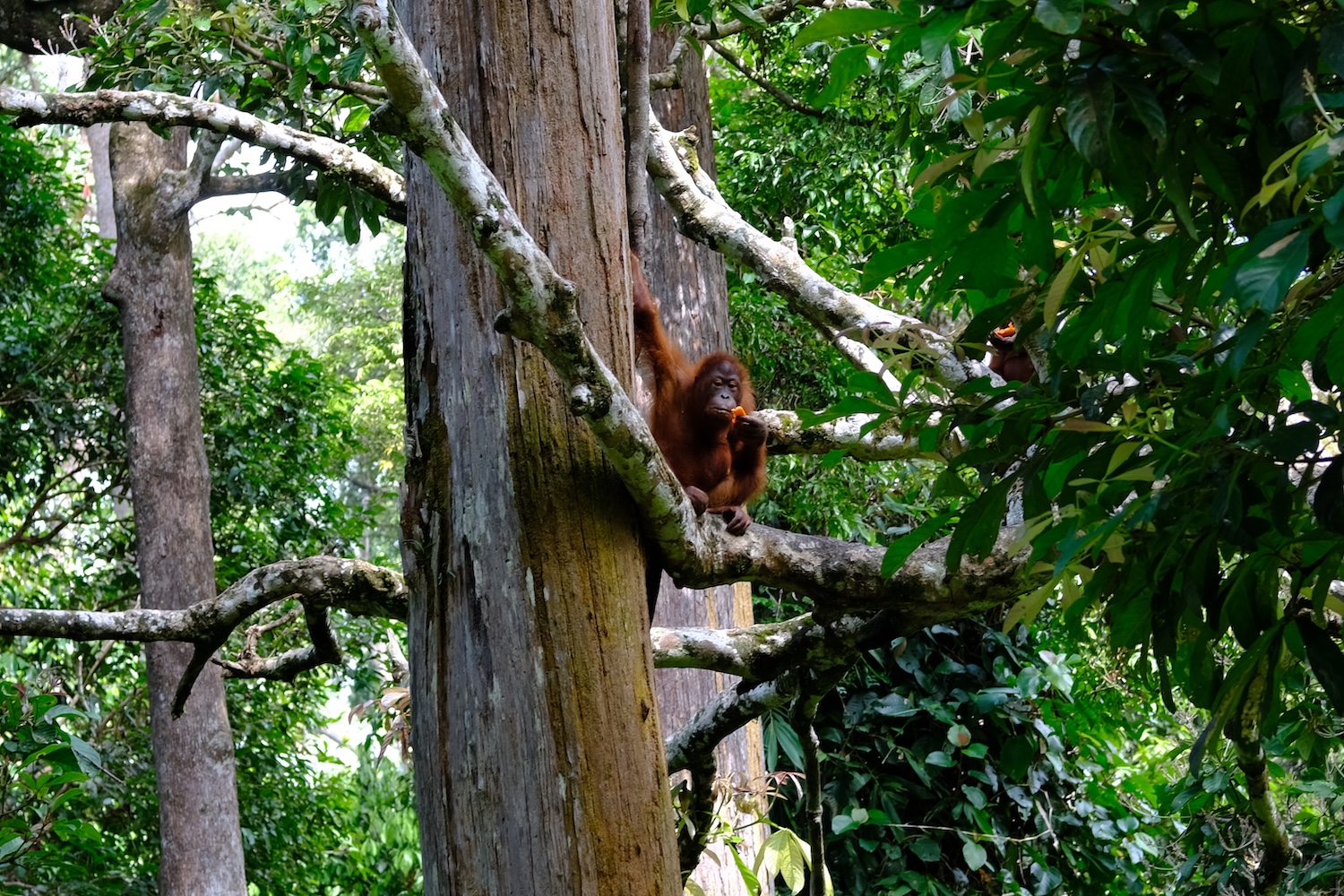
Our trip was an opportunity to discover these projects and understand the importance of preserving this natural heritage, unique in the world. In the next articles we will reveal the background of this process of nature's rehabilitation, which instills new hope and invites us to reflect on our relationship with the planet.
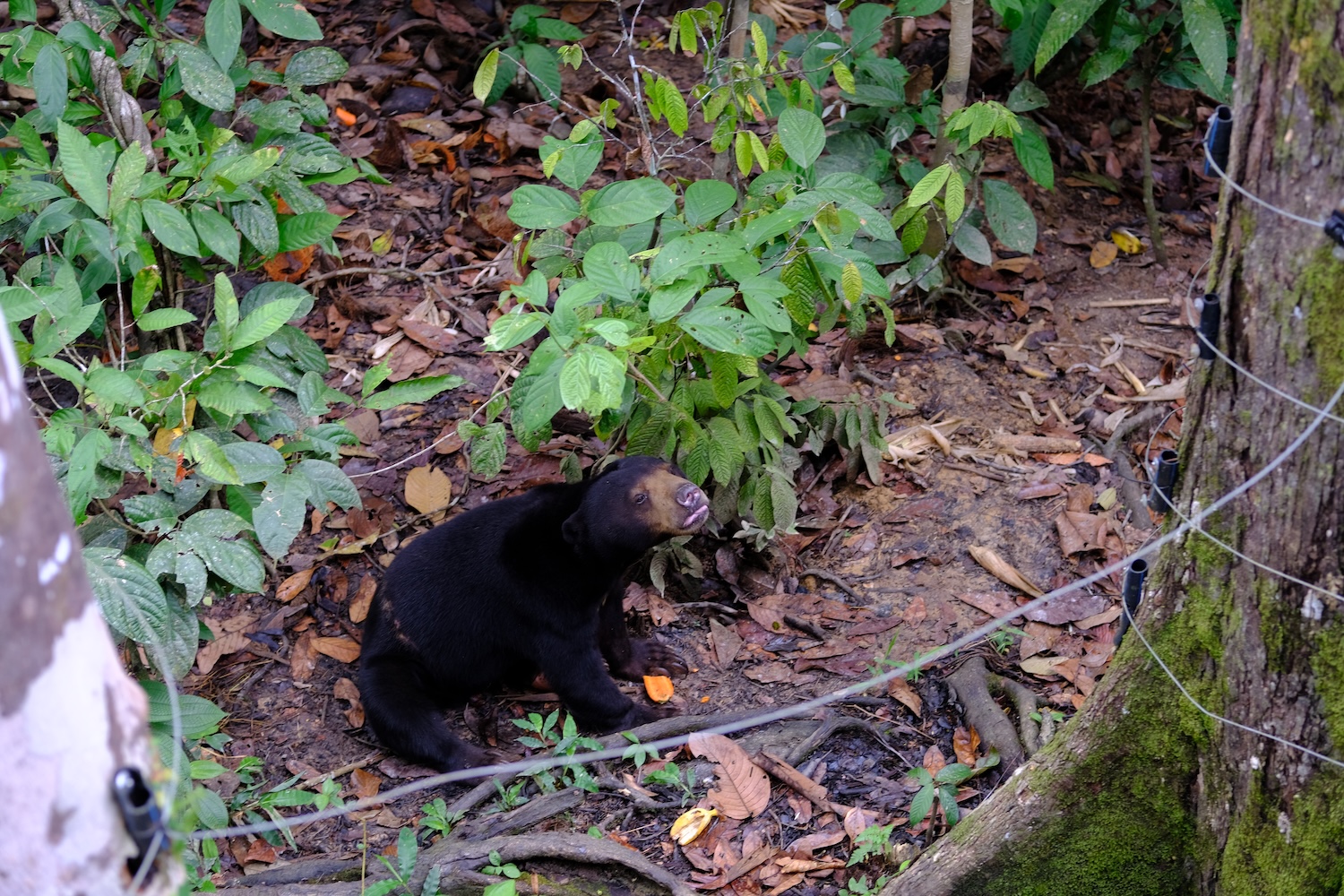
That's all! If you like this text or have any question, leave a comment below.



Comments powered by CComment